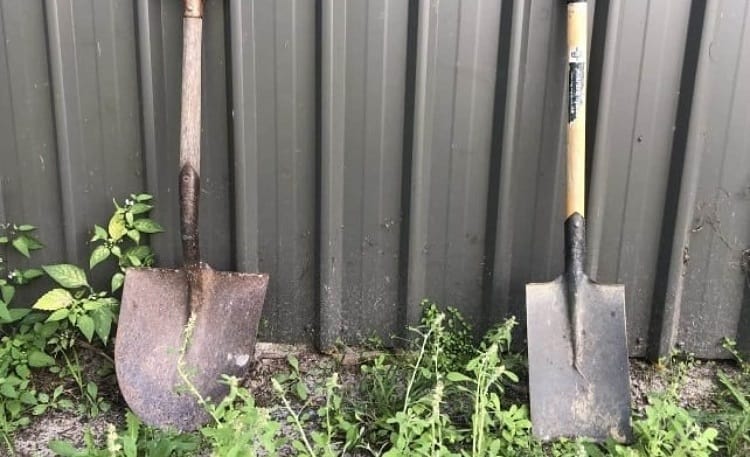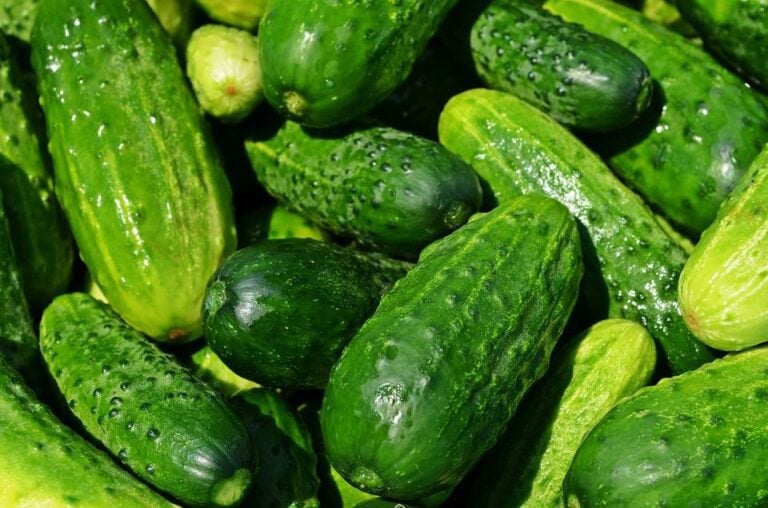How to Stake Tomatoes: Recommendations
You can stake tomatoes in the home garden in a number of ways from using a simple stake to building a trellis. The simplest option is to drive a wooden stake into the ground and tie the plant to the stake as it grows. Another easy option is to use a tomato cage, a wire frame that surrounds the plant and keeps it upright. If you’re growing multiple plants, a basketweave trellis, made with stakes and twine, keeps rows of tomatoes growing upright.
Ways to Stake Tomatoes
The method you use to stake your plants depends on the type of tomatoes you’re growing, how many you grow and where you’re growing them.
use a stake
One of the simplest ways to support your tomato plants is by using a single stake. The size of the stake you need depends on the type of tomato you’re growing.
Modern Farmer recommends using an one inch by one inch wooden stake that’s at least four feet tall if you’re growing determinate tomatoes. Determinate varieties are usually smaller than indeterminate tomato varieties. They produce their fruit all in one go, then are finished for the season. They need less support due to their smaller size.
If the tomato plant you are growing is an indeterminate variety, go for a bigger stake. One that is two inches by two inches and at least seven feet tall is ideal. You’ll want to push the end of the stake at least a foot into the ground, so that it’s stable enough to hold up the plant.
Push the stake into the ground next to the plant at the same time you plant the tomato in the garden. If you wait to stake the tomato, you can hurt its roots when you push the stake into the soil.
Gently tie the tomato’s stem to the stake using a length of twine, a piece of ribbon or a cut-up old nylon stocking. As the tomato grows, tie the additional lengths of stem to the stake to keep the plant off of the ground. You’ll most likely need to prune the tomato plant so that it doesn’t produce multiple stems.
use a tomato cage
Tomato cages are another simple way to support growing tomato plants. Some argue that they are even easier to use than stakes, since you don’t have to tie the stems of the plant to the cage.
Instead, the sides of the cage naturally support the tomato as it grows. Some tomato cages come in two parts, so that you can stack one part of the cage on top of the other as the plant grows.
In a video from Burpee Gardens, Chelsey Fields demonstrates how to use a stake and a tomato cage to support your plants as they grow. She outlines the advantages and disadvantages of using one or the other.
Although you can often find tomato cages at garden centers, it is rather easy to make your own. Homemade cages can often be more supportive than the store-bought versions, which tend to be made out of flimsy wire.
To make your own tomato cage, use either wire mesh or concrete reinforcing wire. Some chefs recommend using 10-gauge wire with 6-inch square holes. Shape the wire into a cylinder that’s about 18 inches wide, then push the ends of the wire into the ground around your tomato plant. You can tie wooden stakes to the sides of the wire to provide more support for the cage.
use the basket weave
If you are growing several tomato plants in a row, the basket weave method of staking allows you to support a number of plants. The method involves using wooden stakes and string or twine to create a type of trellis to keep the plants off of the ground.
When using the basket weave method of staking tomatoes, Penn State recommends spacing the plants about 18 to 24 inches apart. Push a wooden stake one foot deep into the soil. The stake should be about three or four inches away from one plant. You want to use one stake for every two or three plants.
The height of the stake depends on the type of tomatoes you’re growing. You can use a shorter stake, about four feet tall, for determinate varieties. Use a six or seven foot tall stake for indeterminate plants. Wooden stakes are fine to use, but metal poles might be sturdier.
Tie the end of a piece of twine to the first stake in the row. Draw the twine in front of the two or three tomato plants, then loop it around the stake on the other end. Keep the twine taut as you work.
When you reach the end of the row, loop the twine to the back of the plants and work your way back up the row. The twine should run across the back of the plants. Your aim is to sandwich the plants between the strings of twine, so that the strings hold them upright as they grow.
Continue to wrap the twine around the stakes and plants, until you’ve gotten to the tops of the plants. As they grow, you’ll want to revisit the stakes and add another row of twine.
Why Bother to Stake Tomatoes?
It seems like a bit of extra work to give your tomato plants some support, even if you use a simple method like a tomato cage. So why even bother?
Staking your plants offers a number of benefits. First, it saves space in the garden since your tomatoes aren’t running all over the place. Staked or caged tomatoes look a lot neater than plants that are allowed to sprawl.
Supporting your tomatoes also improves the fruit the plants produce. According to the National Gardening Association (NGA), the tomatoes on staked plants is less likely to rot, since it is not in contact with the ground. The fruits are also cleaner. The trade off, according to the NGA, is that staked plants often produce fewer fruits.
Although it does require extra effort on your part, staking your tomatoes is worth it, especially if you have a limited amount of space.
Photo by Jacopo Werther licensed under CC BY 2.0.






